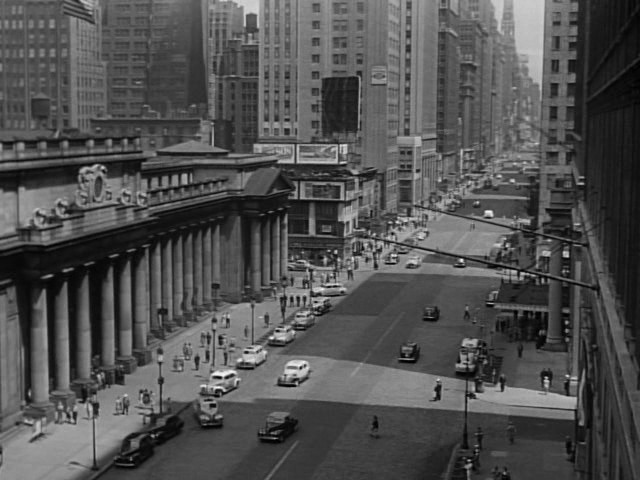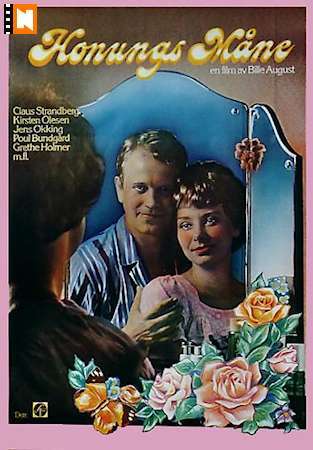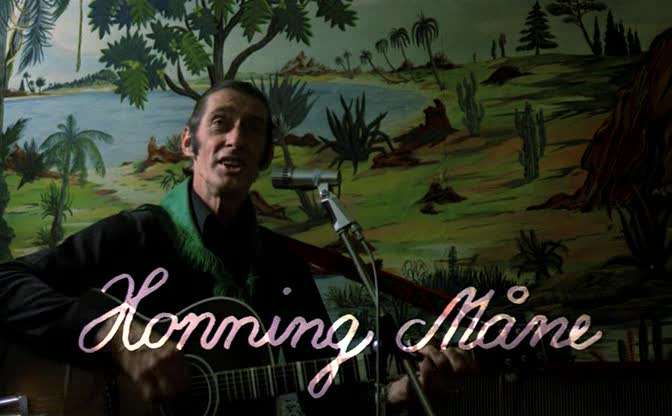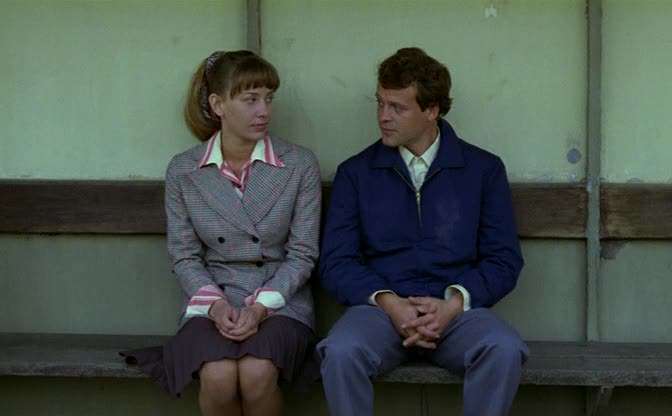![]()
![29f7c043f76a2bde437fd0d52a185152]()
Plot Summary
In a small village in a valley everyone who reaches the age of 70 must leave the village and go to a certain mountain top to die. If anyone should refuse he/she would disgrace their family. Old Orin is 69. This winter it is her turn to go to the mountain. But first she must make sure that her eldest son Tatsuhei finds a wife.
NEW DIRECTORS/ NEW FILMS; ‘BALLAD OF NARAYAMA’ BY SHOHEI IMAMURA
NATURE is so rich and the life force so rampant in Shohei Imamura’s ”The Ballad of Narayama” that, after a preview screening, I was almost relieved to walk out into the man-made pollution of Times Square. Nature, thus prettified by Mr. Imamura, is almost as artifical as a world in which a virgin forest has been removed to make way for a cement-paved parking lot.
The new Japanese film, based on the same Shichiro Fukazawa stories that inspired Keisuke Kinoshita’s 1958 film of the same name, means to be an ironic but life-affirming commentary on our so-called civilization by contrasting it with the manners and customs in a primitive Japanese mountain village 100 years ago.
Existence is not easy in the mountain village. Famine always threatens. The population is controlled mainly by tossing out newborn male children to die in the rice paddies. Female babies are retained for potential childbearing. If, by chance, a village elder has not died by age 70, the eldest child must carry the old person to a secret place near the summit of Mount Narayama, where the ancient one is left to die of starvation and exposure. In this fashion the community makes sure that there will be enough food for the survival of the rest of the villagers.
Like the Kinoshita film, Mr. Imamura’s is concerned mainly with a hard-working, tough, 69-year-old woman named Orin, whose family includes two grown sons, one a widower and one a possibly simple-minded bachelor, and assorted grandchildren. Though she’s in remarkably good shape, Orin feels that it’s time she made the journey to Narayama.
She’s lived long enough and she’s tired. Once she has found a new wife for her widowed son, as well as a woman who will consent to make love with the other son, she insists that Tatsuhei, the widower, carry out his obligations to her, the family and the community by making the trip up Narayama.
This is the principal story of ”The Ballad of Narayama,” which also includes subplots about the villagers’ merciless punishment of a family of thieves – they are buried alive – and a somewhat more light-hearted one about a young woman whose dying father insists that she sleep with every man in the village to atone for his own incestuous indiscretion.
Mr. Imamura is not a subtle film maker. He attempts to shock the audience into the realization that though this life order is harsh, it is beautiful in an efficiency that’s prompted as much by love as by material needs. At one point, we watch old Orin as she systematically smashes out her teeth to be able to convince Tatsuhei that her years of usefulness are over.
The director puts great store by visual repetitions that emphasize the oneness of all nature. When a young man and a young woman are making frantic love in a field, he shows us snakes, frogs, grasshoppers and birds engaged in similar pursuits. Unfortunately, an image of frogs, even in an amorous condition, evokes less wonder than amusement. In this world, it’s not dog-eat-dog but snake-eat-rat and then, to balance things, rat-eat- snake, all seen in tight, nature-movie close-ups.
He’s also fond of sequences that announce the changing of the seasons. The winter landscape melts toward spring and climaxes in an explosion of buds and grass, accompanied by the chirping of birds and the babbling of brooks containing frisky trout.
Though the performances are good, especially Sumiko Sakamoto’s as Orin and Ken Ogata’s as Tatsuhei, ”The Ballad of Narayama” is too picturesque to reflect the simple austerity of the story it tells.
The sophisticated photographic techniques, including the long, lovely helicopter shot of snow-covered mountains that opens the film, have little to do with the primitive lives contained in the movie itself. The ultimate effect is not to celebrate nature, or to shock us out of our civilized lethargy, but to exploit nature in a manner designed to impress jaded audiences without actually disturbing them.
I’m not at all surprised that the movie won the grand prize at last year’s Cannes Film Festival where, as I see it in my imagination, the audience applauded it madly and then went off to dine at three-star restaurants.
Vincent Canby, NY Times, April 9, 1984
![http://img84.imageshack.us/img84/686/vlcsnap2011111511h08m41.png]()
![http://img405.imageshack.us/img405/232/vlcsnap2011111513h09m22.png]()
![http://img560.imageshack.us/img560/3222/vlcsnap2011111511h31m41.png]()
![http://img191.imageshack.us/img191/2127/vlcsnap2011111511h17m33.png]()
![http://img267.imageshack.us/img267/8875/vlcsnap2011111511h07m57.png]()
![http://img52.imageshack.us/img52/5915/vlcsnap2011111511h24m30.png]()
![http://img198.imageshack.us/img198/733/vlcsnap2011111511h23m41.png]()
![http://img259.imageshack.us/img259/2079/vlcsnap2011111511h30m15.png]()
![http://img685.imageshack.us/img685/3541/vlcsnap2011111511h31m21.png]()
![http://img3.imageshack.us/img3/130/vlcsnap2011111511h18m21.png]()
http://nitroflare.com/view/FCE28DDAFD6FCBA/Narayama-bushi_ko.avi
http://nitroflare.com/view/322D023ED98C457/Narayama-bushi_ko.srt
http://nitroflare.com/view/29015C7FF04B9D8/Extras.rar
Extras :
Exclusive new video interview with Tony Rayns.
Four original Japanese theatrical trailers.
Language:Japanese
Subtitles:English






























































































































